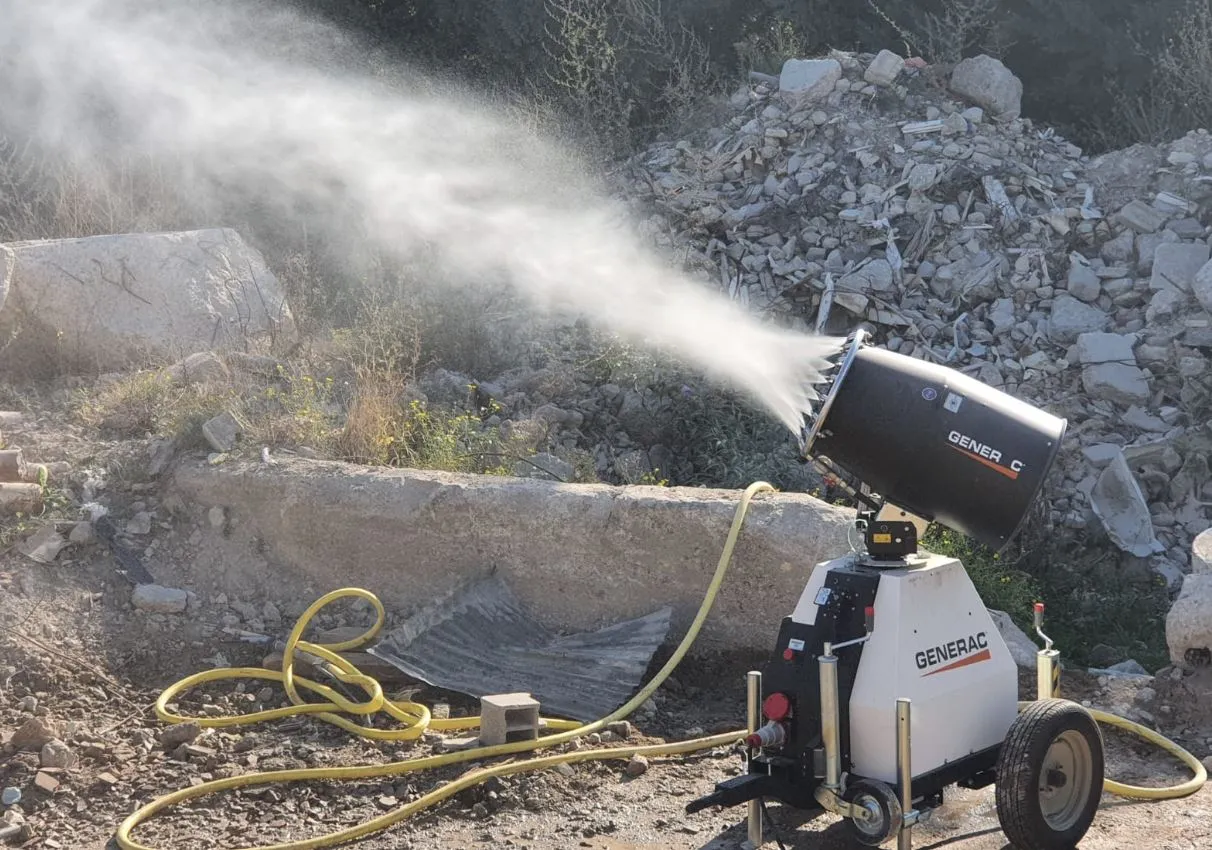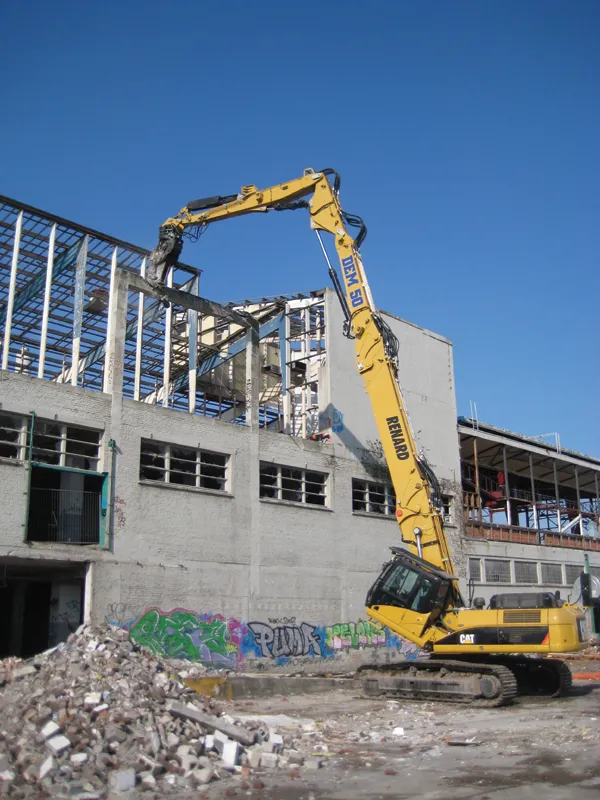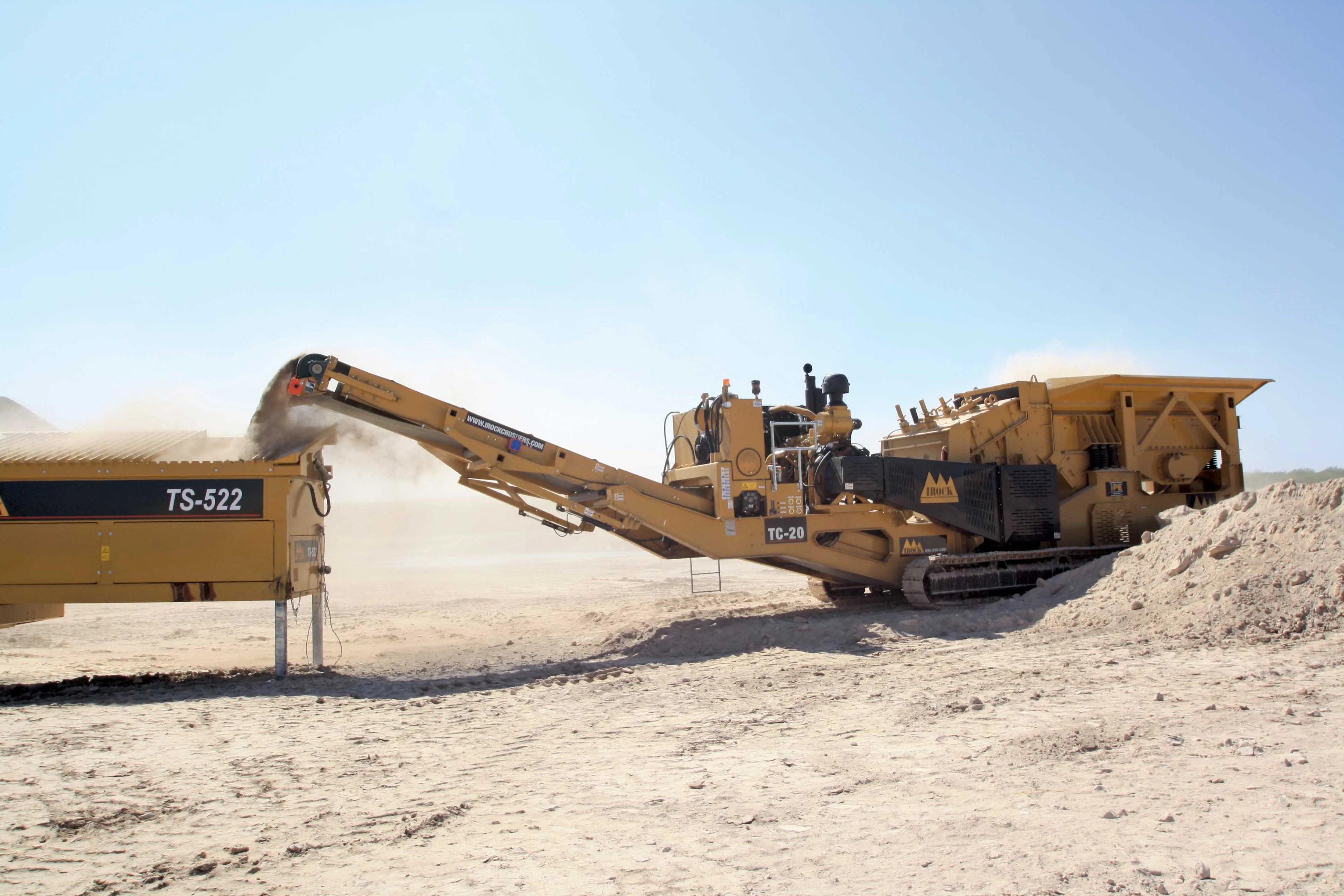
Despite being larger than the mini models, the DF 4500 remains so compact that it can be positioned anywhere and operated by a single operator.
At the same time it produces a sufficient flow of nebulised water - a solution based in tiny water particles, the size of which must be smaller than 1,000 microns - to cover considerable distances. The reach of the DF 4500 is, in fact, more than 30m. Thanks to the rotation system, which can be manual or automatic, the DF 4500 can cover an area of 2,600m2.
The more that the water droplets are a similar size to that of the coal dust particles, the greater is the attraction between them. The Dust Fighter nozzles atomise water to between 50 and 150 microns, meaning it can attract similarly large-sized coal particles before settling on the ground.
Thanks to an optional dosing pump for chemical additives, a wetting agent can be added to the spray water. The agent allows coal particles to retain moisture longer, meaning the dust remains settled on the ground for longer before the water eventually evaporates. The DF 4500 is equipped with a manual or electric tilting system to better direct the flow of nebulised water. The model also has a slow speed trailer for construction sites, an integrated control panel, and there is the possibility of adding a remote control.
Electrical connection is via an inlet plug 3-phase 32A. Minimum water inlet pressure is 1bar and the maximum is 4bar with water consumption at 22litres per minute. Dimensions of the 290kg DF 4500, with tow bar and wheels, are 1780mm long, 1165mm wide and 1800mm high .
If the DF 4500 is powered from a generator, it is best to use an 8kW/380V unit or larger.
The mini models (DF Smart and DF Mini) are suitable for use on small sites while the midi models (DF 7500, DF 15000 and DF 20000) are for construction sites, quarries and other medium-sized work areas. Generac says that its large models are designed more for use on large quarries and mining operations.








